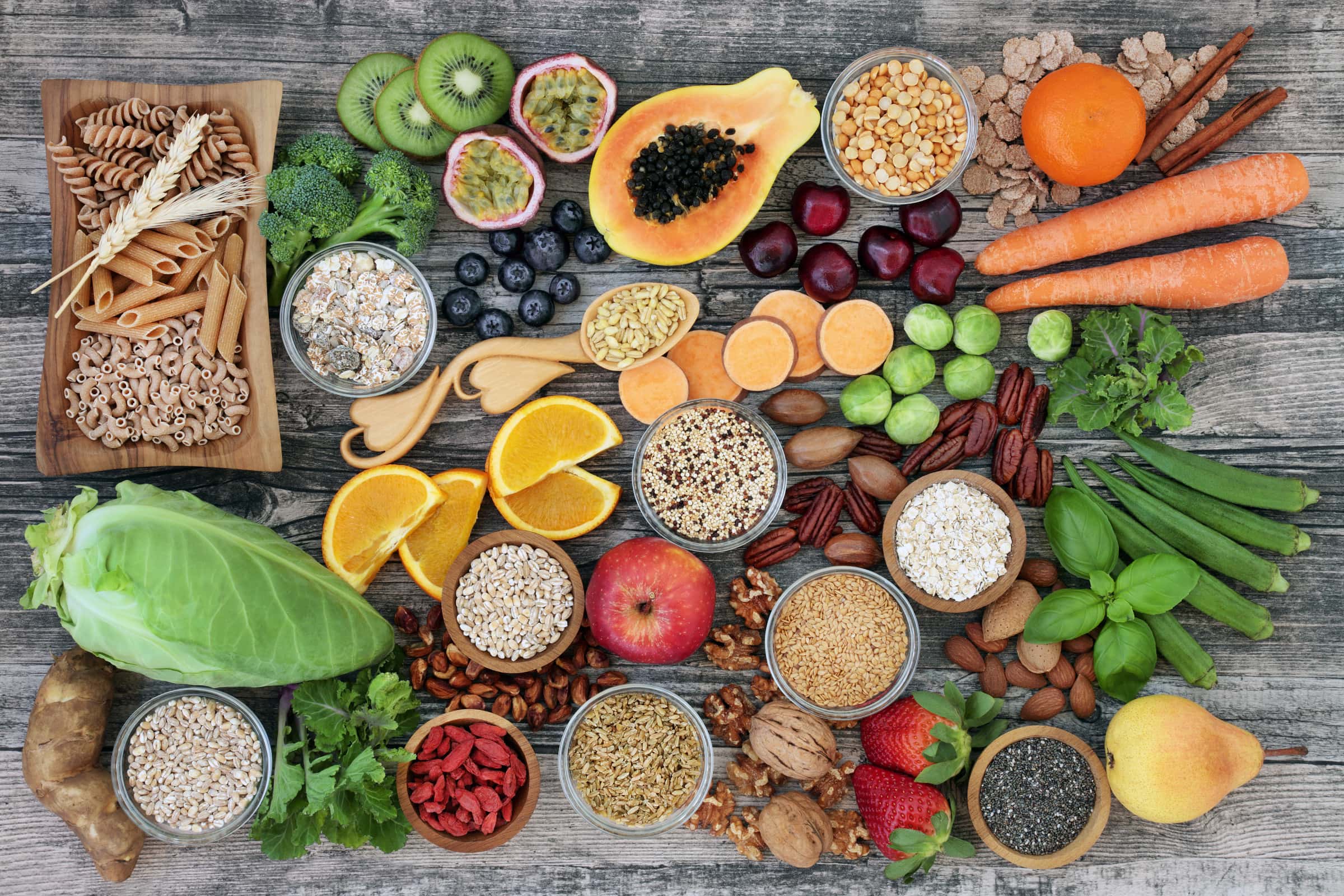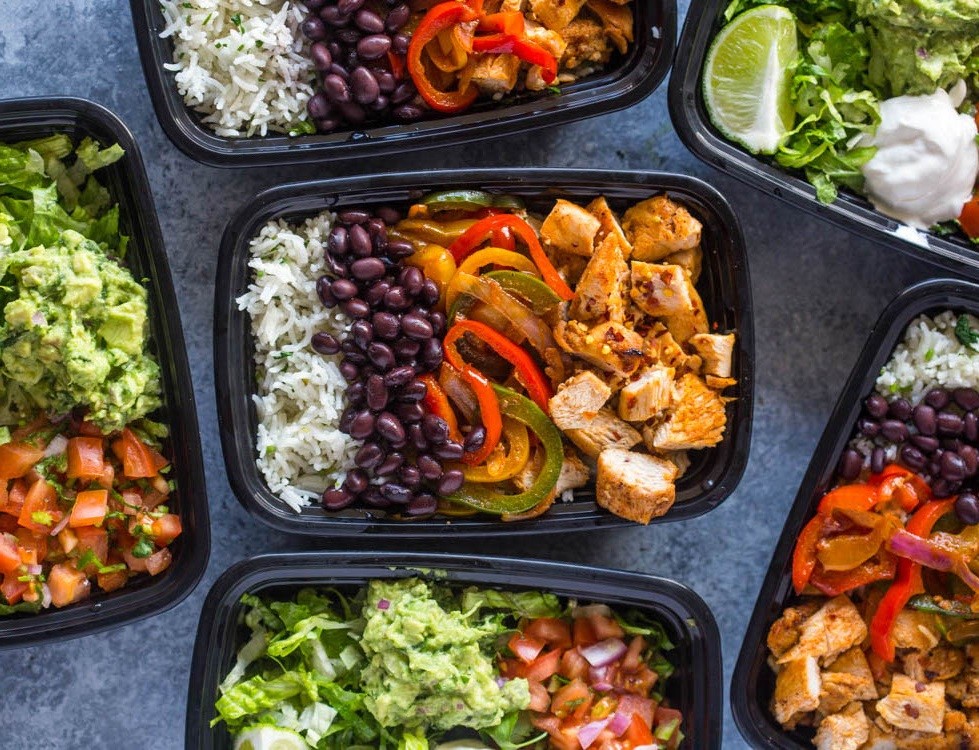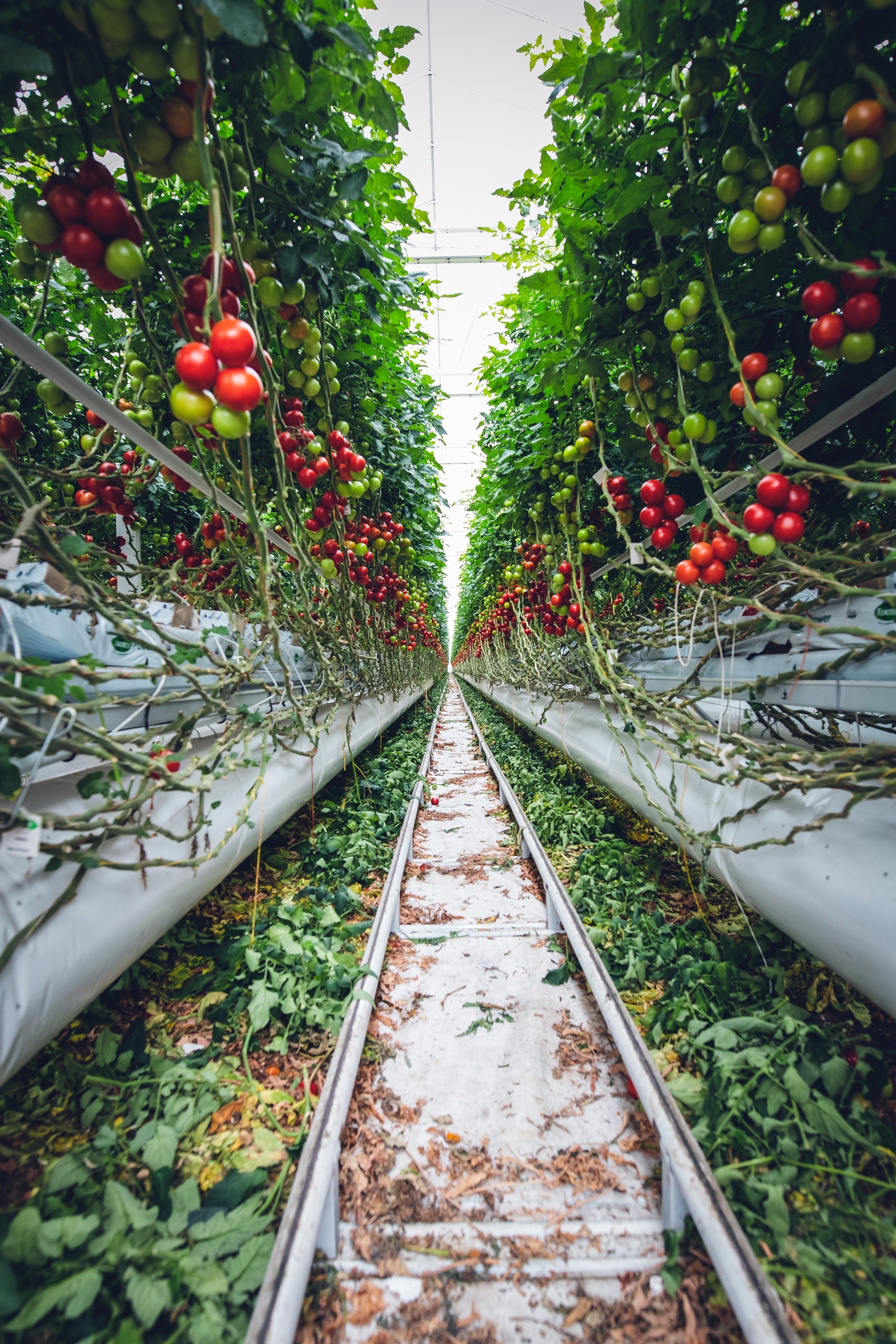BODY
BODY


B3
B3





Whole Foods
Get ready to nourish your body with
nature's finest ingredients!
The Whole Foods Challenge invites
you to take a break from processed
and refined foods and indulge in the
wholesome goodness of whole foods.
Whole Foods
Get ready to nourish your body with nature's finest
ingredients! The Whole Foods Challenge invites
you to take a break from processed and refined
foods and indulge in the
wholesome goodness of whole foods.
Eat natural whole foods for a full day
Whole Foods
Get ready to nourish your body with nature's finest ingredients!
The Whole Foods Challenge invites you to take a break from
processed and refined foods and indulge in the
wholesome goodness of whole foods.
Eat natural whole foods for a full day
Eat natural whole foods for a full day
Quickstart
Quickstart
Quickstart


1. Plan your meals
Before starting, it's a good idea to plan
your meals and snacks for the day.
Make a list of whole foods that you
enjoy eating, and try to include a
variety of fruits, vegetables, whole
grains, and lean proteins.
1. Plan your meals
Before starting, it's a good idea to plan your
meals and snacks for the day. Make a list of
whole foods that you enjoy eating, and try
to include a variety of fruits, vegetables,
whole grains, and lean proteins.


1. Plan your meals
Before starting, it's a good idea to plan your meals and snacks
for the day. Make a list of whole foods that you enjoy eating,
and try to include a variety of fruits, vegetables, whole grains,
and lean proteins.



2. Shop for whole foods
Once you have your meal plan, it's time
to go grocery shopping. Visit your local
grocery store or farmer's market and look
for whole foods that are fresh
and in season.
If you're not sure whether a food is
considered whole or processed, read the
label or ask a store employee
for assistance.


3. Prepare your meals
After you've bought your whole foods,
it's time to prepare your meals. Wash and
chop your fruits and vegetables, cook
your grains and proteins, and pack your
meals in containers if you're planning to
eat on-the-go.
You can also use herbs and spices to add
flavor to your meals instead of relying on
sauces or dressings, which can be high in
calories and unhealthy fats.


4. Stick to your plan
Now that your meals are ready, it's
time to start the challenge. Remember
to stick to your meal plan and only eat
whole foods throughout the day
Avoid processed snacks or treats, and
drink plenty of water to stay hydrated.
If you feel hungry between meals, snack
on whole foods like carrots,
nuts, or apples.


5. Reflect on your experience
At the end of the day, reflect on your
experience completing the Whole Foods
challenge. How did you feel throughout
the day? Did you notice any changes in
your energy levels or mood?
Take note of any challenges you faced
or successes you had, and use this
knowledge to inform your future
eating habits.
2. Shop for whole foods
Once you have your meal plan, it's time to go
grocery shopping. Visit your local grocery
store or farmer's market and look for whole
foods that are fresh and in season.
If you're not sure whether a food is
considered whole or processed, read the
label or ask a store employee for assistance.


3. Prepare your meals
After you've bought your whole foods, it's
time to prepareyour meals. Wash and chop
your fruits and vegetables, cook your grains
and proteins, and pack your meals in
containers if you're planning to eat
on-the-go.
You can also use herbs and spices to add
flavor to your meals instead of relying on
sauces or dressings, which can be high in
calories and unhealthy fats.


4. Stick to your plan
Now that your meals are ready, it's time to
start the challenge. Remember to stick to
your meal plan and only eat whole foods
throughout the day. Avoid processed snacks
or treats, and drink plenty of water to stay
hydrated.
If you feel hungry between meals, snack on
whole foods like carrots, nuts, or apples.


5. Reflect on your experience
At the end of the day, reflect on your experience
completing the Whole Foods challenge. How did
you feel throughout the day? Did you notice any
changes in your energy levels or mood?
Take note of any challenges you faced or
successes you had, and use this knowledge
to inform your future eating habits.





Congratulations, you've completed
the Whole Foods challenge!
By incorporating more whole foods
into your diet, you're taking an
important step towards better
health and well-being.
Keep up the good work!
Congratulations, you've completed the Whole Foods challenge!
By incorporating more whole foods into your diet, you're
taking an important step towards better health and well-being.
Keep up the good work!
2. Shop for whole foods
Once you have your meal plan, it's time to go grocery shopping.
Visit your local grocery store or farmer's marketand look for
whole foods that are fresh and in season.
If you're not sure whether a food is considered whole or
processed, read the label or ask a store
employee for assistance.

3. Prepare your meals
After you've bought your whole foods, it's time to prepare your
meals. Wash and chop your fruits and vegetables, cook your
grains and proteins, and pack your meals in containers if you're
planning to eat on-the-go.
You can also use herbs and spices to add flavor to your meals
instead of relying on sauces or dressings, which can be high
in calories and unhealthy fats.

Resources
4. Stick to your plan
Now that your meals are ready, it's time to start the challenge.
Remember to stick to your meal plan and only eat whole foods
throughout the day. Avoid processed snacks or treats, and
drink plenty of water to stay hydrated.
If you feel hungry between meals, snack on whole foods like
carrots, nuts, or apples.

6 Simple Ways to Eat More Whole Foods
(YouTube)
Processed Foods vs Whole Foods
(YouTube)



The Food System - A Brief Intro
(Open Food Lab)
The Whole Foods Cookbook
(Amazon)
Whole Food Cooking Every Day
(Amazon)
5. Reflect on your experience
At the end of the day, reflect on your experience completing the
Whole Foods challenge. How did you feel throughout the day?
Did you notice any changes in your energy levels or mood?
Take note of any challenges you faced or successes you had,
and use this knowledge to inform your future eating habits.


Congratulations, you've completed the Whole Foods challenge!
By incorporating more whole foods into your diet, you're
taking an important step towards better health and well-being.
Keep up the good work!
Resources
Resources
6 Simple Ways to Eat More Whole Foods
(YouTube)
6 Simple Ways to Eat More Whole Foods
(YouTube)
Processed Foods vs Whole Foods
(YouTube)
Processed Foods vs Whole Foods
(YouTube)

Whole Food Cooking Every Day
(Amazon)
